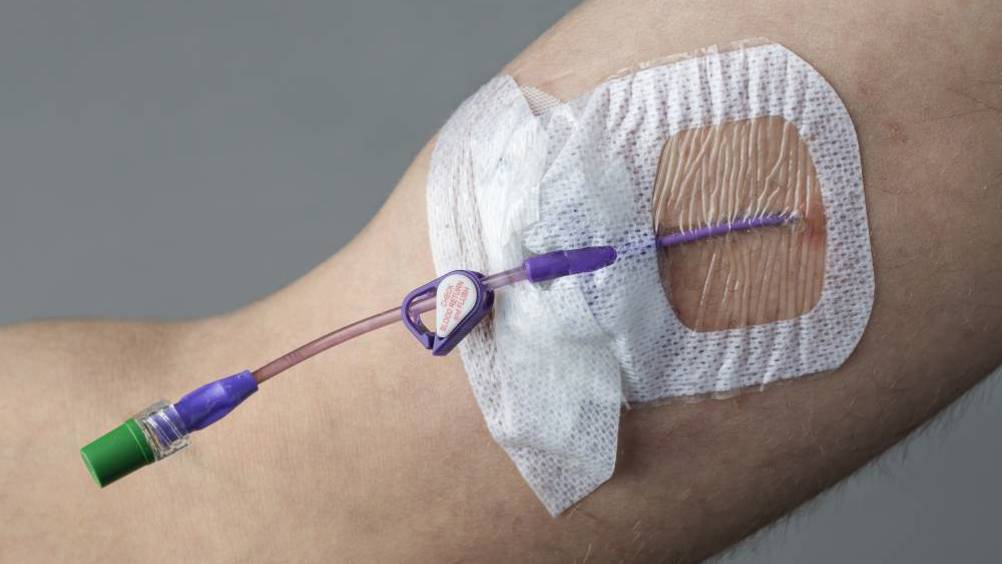References
Vascular access device securement for oncology patients and those with chronic diseases

Abstract
This article presents three case studies, each discussing securement issues as they relate to the use of long-term vascular access devices from the perspectives of the clinician and the patient. The choice of securement should be weighed against the patient's activity level, duration of the line placement, infection risks and inevitable skin irritation caused by repeated replacement of adhesive securement. Living with a chronic illness requiring frequent infusions is difficult enough—worrying about the device being dislodged should not be an additional stressor.
When contending with a cancer diagnosis or chronic illness, the patient's journey is fraught with obstacles that must be overcome. Each day, attempting to navigate such obstacles requires the ability to manage the illness, the treatment, and the effects of both. Adding unnecessary trips to the emergency department (ED), skin breakdown and anxiety about the security of the vascular access device (VAD) may all cause added distress for the patient.
VADs are often a lifeline for the delivery of chemotherapeutic agents, medications, nutritional requirements or antimicrobial infusions (Turner and Hankins, 2010). Having the right VAD placed is the first collaborative decision between the patient, physician and their vascular access specialist. Keeping the VAD secure, preserving skin integrity and reducing risk of infection should be equally important, but the choice of device is often determined by traditional procedural practice or clinical convenience (Czaplewski, 2010).
Register now to continue reading
Thank you for visiting British Journal of Nursing and reading some of our peer-reviewed resources for nurses. To read more, please register today. You’ll enjoy the following great benefits:
What's included
-
Limited access to clinical or professional articles
-
Unlimited access to the latest news, blogs and video content

